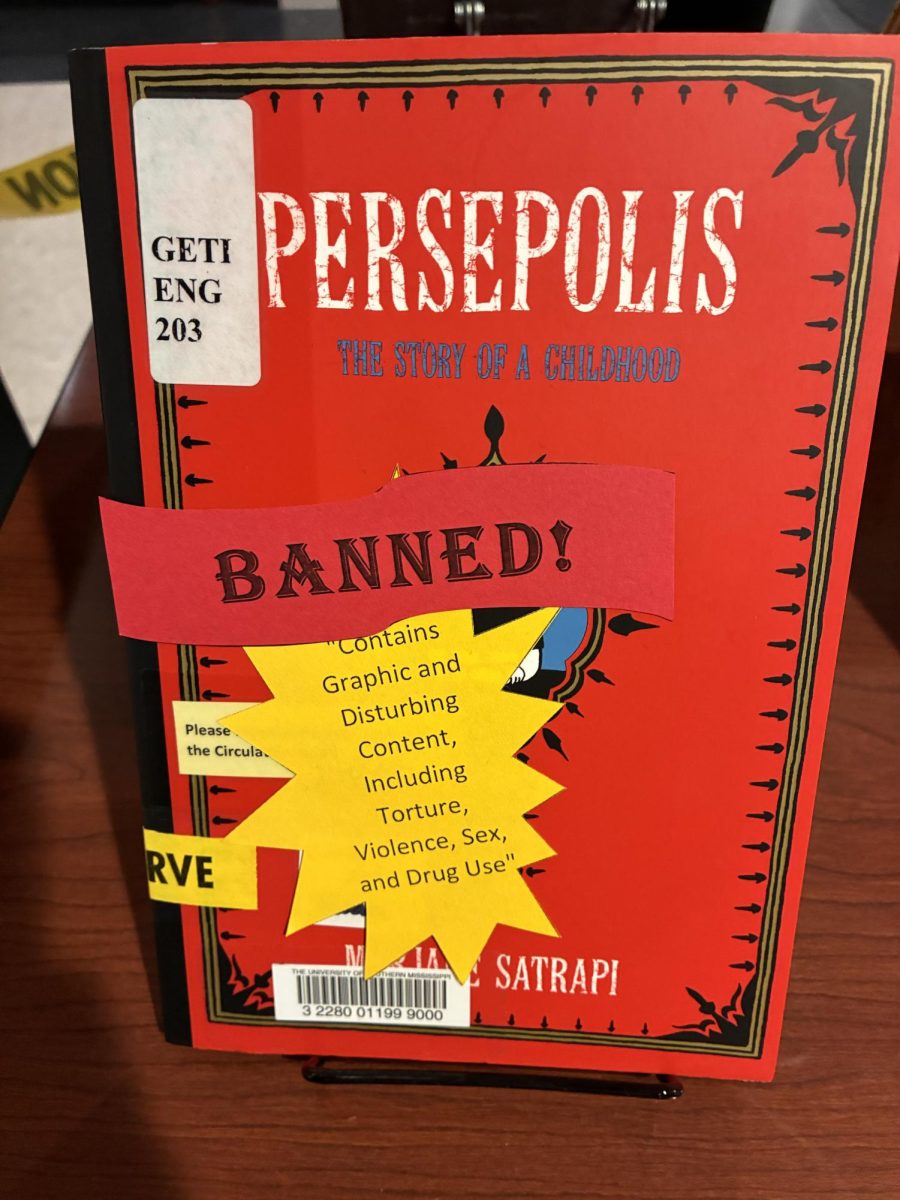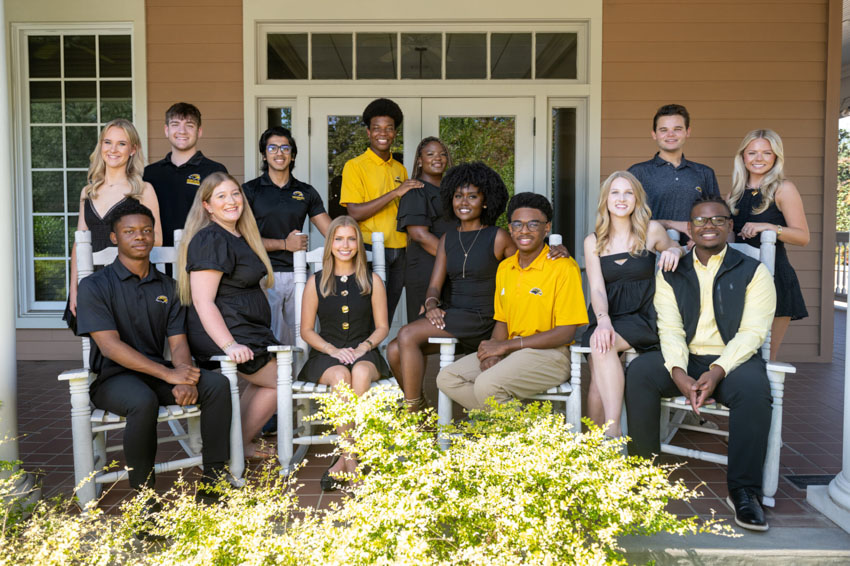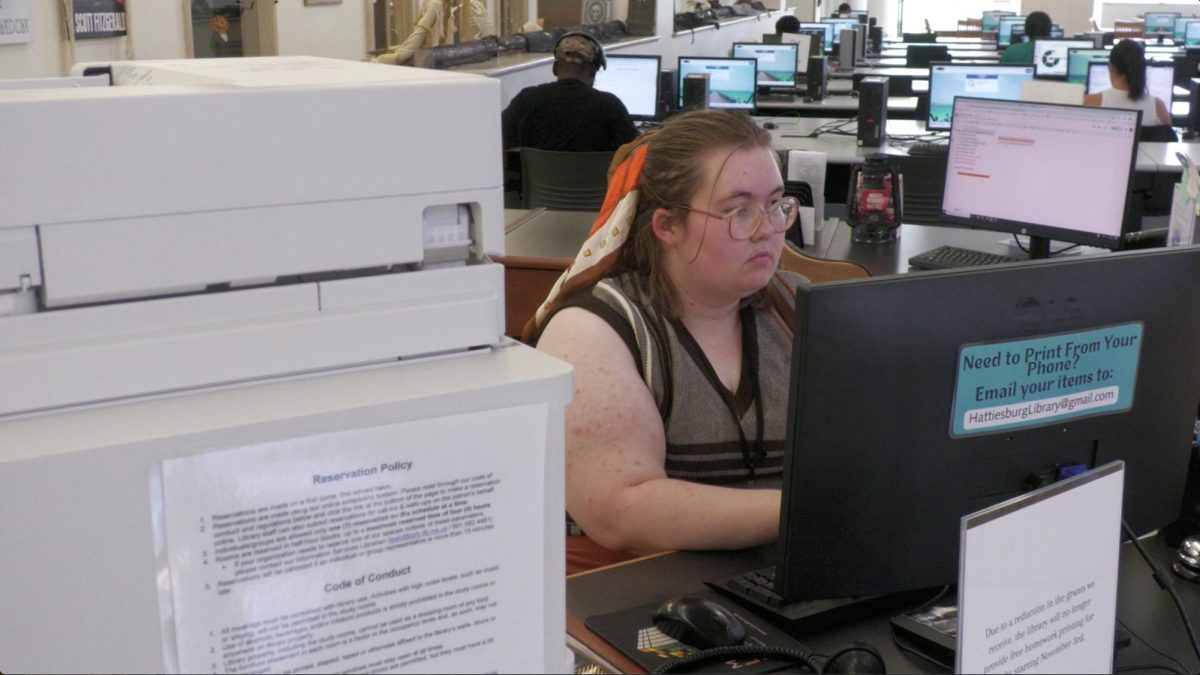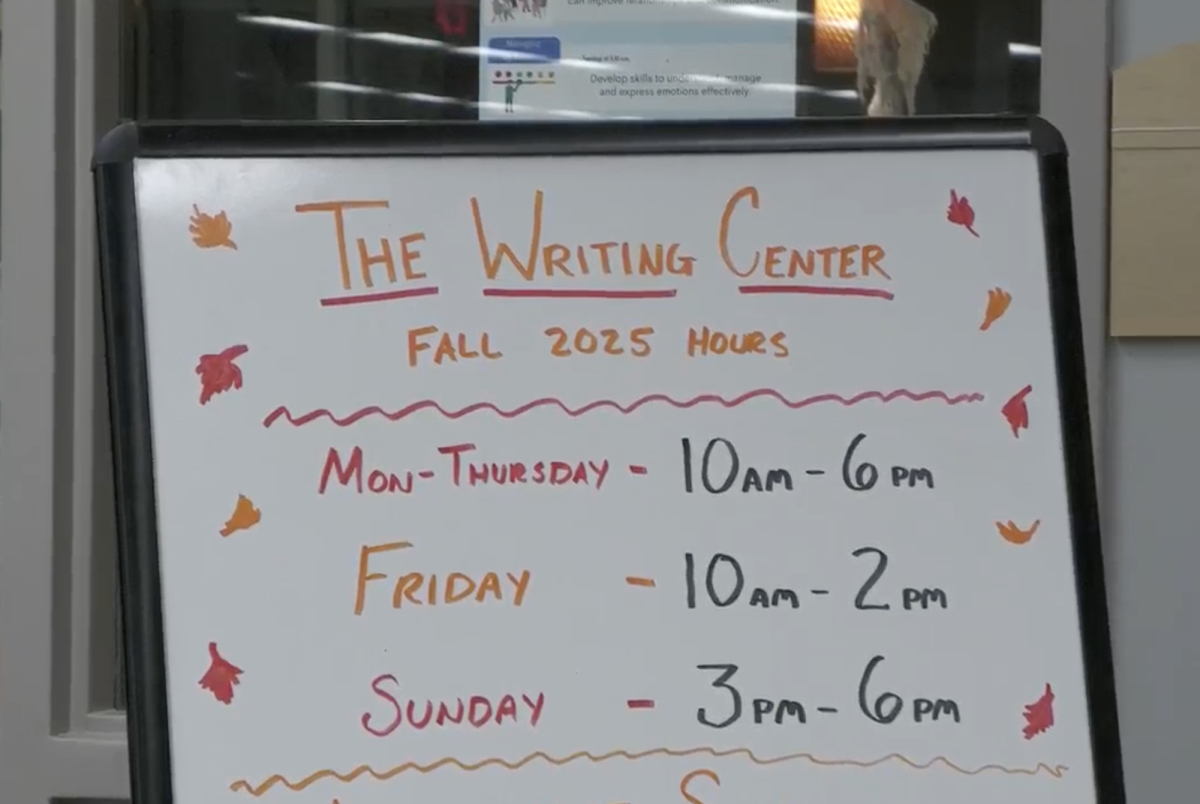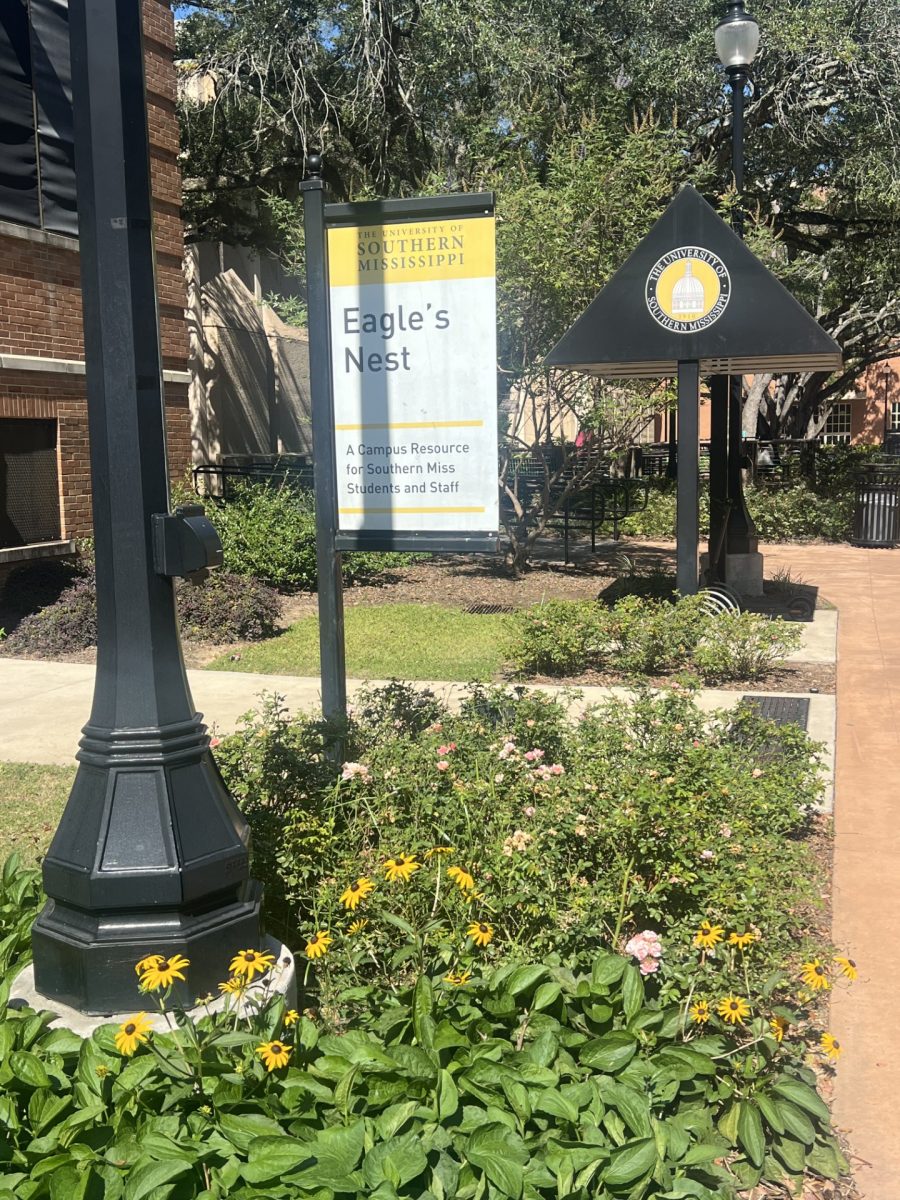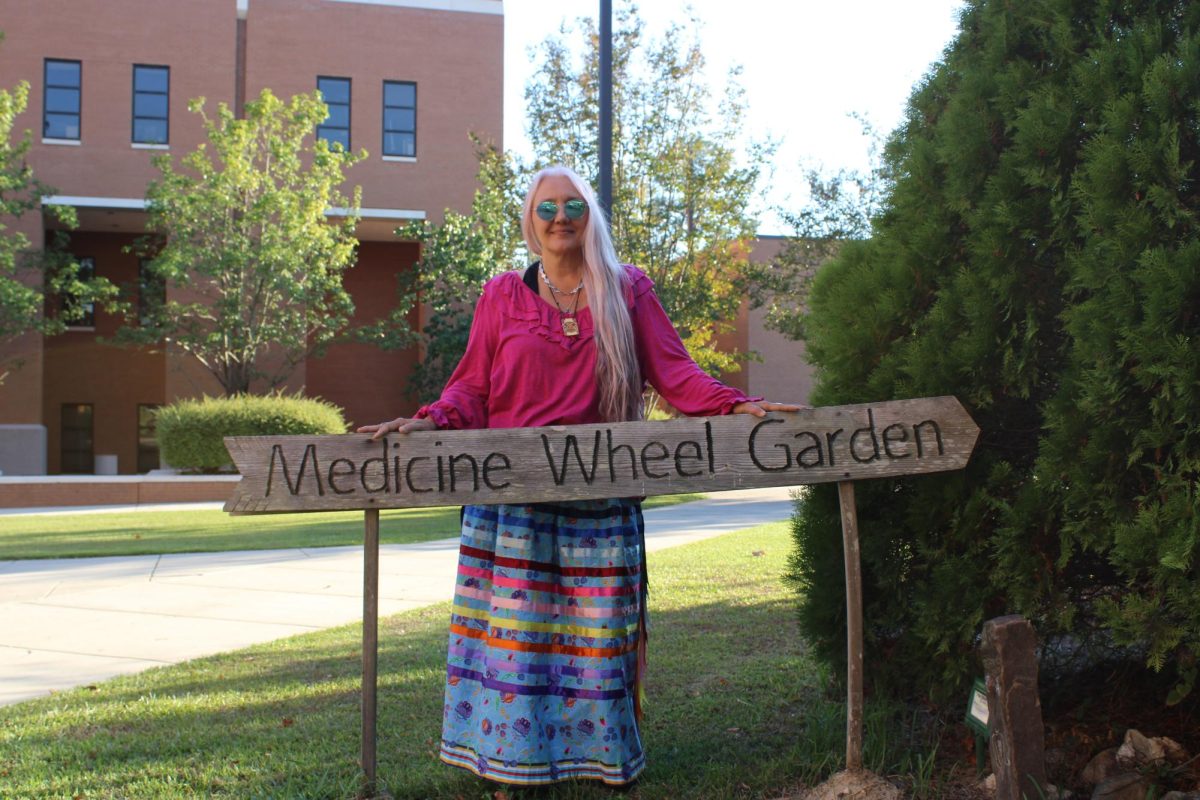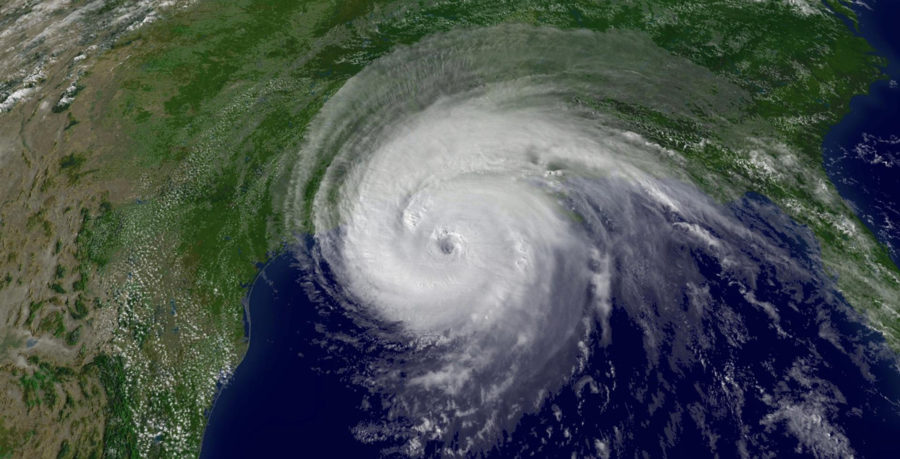
Students reveal storm stories
On August 29, 2005, Hurricane Katrina landed on the Gulf Coast, changing the land and the lives of thousands of coastal residents forever.
With sustained winds during landfall of 125 mph, Katrina produced extensive destruction along the central Gulf Coast as cities like New Orleans, Mobile and Gulfport felt the force of Katrina’s power. According to the National Climatic Data Center, 80 percent of New Orleans was completely underwater due to the breakage of the levees containing Lake Pontchartrain and large portions of Biloxi and Gulfport were underwater due to a 20 to 30-foot storm surge.
At The University of Southern Mississippi, it seems as if almost everyone has his or her own Katrina story. It may be about living without power, evacuating their homes, bathing in a swimming pool or cleaning up the seemingly infinite amount of trees that fell.
Some students may have gone without power for minutes, some may have roughed it for weeks and some may have lost their homes forever. These stories have become a part of the fabric of who we are as a university.
Alison Beeson, senior theatre major, recalls when her family evacuated their home in Biloxi.
“I was 13 and by that point had already been through multiple hurricanes and evacuations,” she said. “I guess I was too young to really recognize the situation for what it was. (We went to) an RV park in Alabama somewhere, with no RV. We had a minivan, a Mazda RX8 and a tent. It was an interesting experience.”
Victoria Sappington, senior elementary education major, remembered her fright during the storm. She recalls watching the squall rip through the countryside while staying with a family friend in Picayune.
“We were all sitting in the living room, but this white tornado was ripping through their yard straight toward the house,” she said. “It veered off and hit the barn and luckily, everyone was fine.”
Mollie Betsch, a senior theatre major, remembers the struggle of going to high school during the rebuilding of the Slidell area.
“My high school shared the building with Salmen High School,” she said. “We went to school from 7 a.m. to 12:30 p.m., and they went to school from 1 p.m. to 6 p.m. We had 20 minute classes, which sounds great, until you realize you couldn’t really do anything in 20 minutes.”
“They had these things called banked learning days and it was basically, if you didn’t go to school during the hurricane stuff, you had to go to these to make up for days you lost,” she said.
Despite all the pain, loss and fear, many students call up the moments of fun and joy of spending time with their families.
Paul Ferguson, a senior computer science major, fled to Natchez for Katrina. He recollects that when they returned to his home in Poplarville there were a lot of downed trees.
“That was the year I forgot my birthday, “ he said with a smile. “My birthday is September 5, a week after (the storm). In the middle of the day, we were cutting limbs. Then my mom’s like, ‘Hey Paul! Isn’t it your birthday?’ We went and got one of those MREs with the little brownie thing that didn’t taste good and I had it for my birthday.”
Betsch recalls how she and her sister would pilfer through the infamous MREs, or Meal Ready-to-Eat. “ My sister and I would eat the candy out of the MREs.” she said with a mischievous giggle. “We would open up every single one and look for peanut M&Ms.”
The Gulf Coast has faced tremendous amounts of trials and tribulations throughout the years and has grown stronger in the wake of Hurricane Katrina. While the rest of the country looks to the South to see the past, Katrina survivors look to the future to see the progress.

